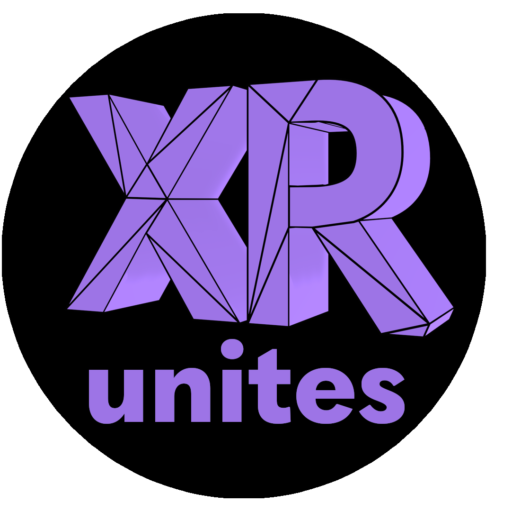XR stands for Extended Reality – and what is that again? It’s actually quite simple: The X in the abbreviation XR is a placeholder for V(R) – Virtual Reality -, A(R) – Augmented Reality -, M(R) – Mixed Reality -, or also other or future experiences of digitally extended reality.
The experience is quite different depending on the form it takes: augmented reality (AR), for example, makes it possible to place digital content in the analogue environment and interact with it. The technologies used are mainly powerful smartphones and tablets. In contrast, virtual reality (VR) offers complete immersion in the computer-simulated world. By means of VR head-mounted displays (HMD), the senses of sight and hearing in particular are strongly integrated into the experience. According to Milgram and Kishino (1994), mixed reality (MR) is an umbrella term for all those XR technologies that combine the analogue and digital worlds. However, a definition is increasingly gaining acceptance that is influenced by development and research by Microsoft, for example: MR focuses on the interaction between computer, human and environment. MR is currently best implemented by HMDs with transparent displays (such as the HoloLens or the Magic Leap) – however, VR HMDs also increasingly enable the integration of analogue elements into the virtual world. So, the whole development is still in flux and it remains exciting to see which hybrid forms of analogue and digital worlds will prevail in the coming years.
